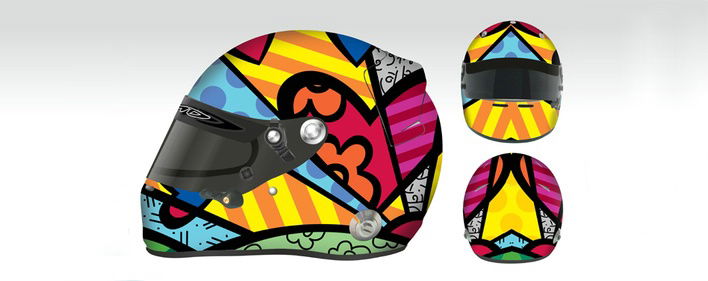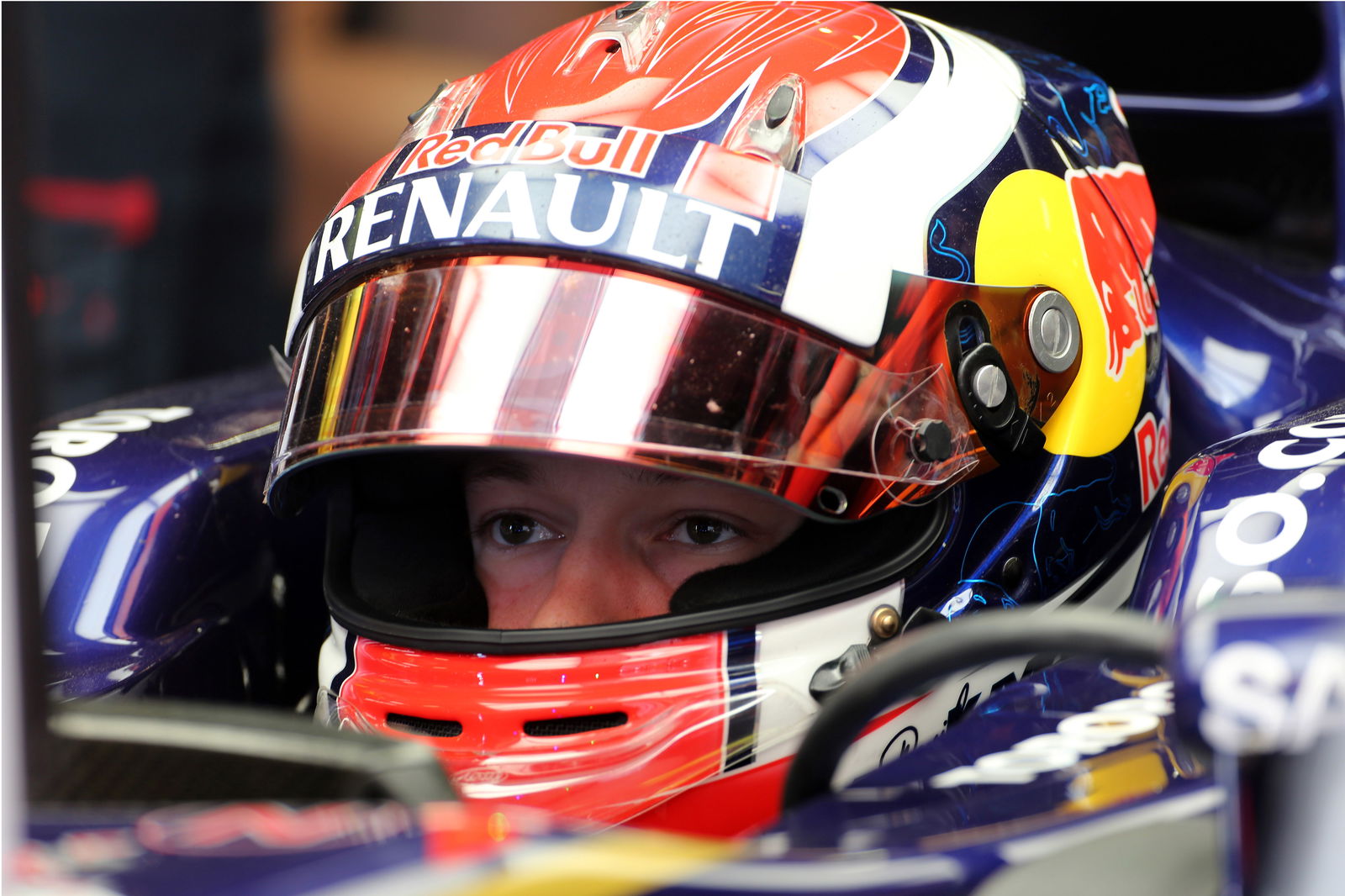In memory of... 1996 Monaco GP, F1's Wackiest Race

The Monaco Grand Prix has been an enduring constant throughout Formula One history; the millionaires' milieu providing a setting that remains the epitome of the daredevil glamour that Grand Prix racing has traditionally personified.
The 2.075 mile ribbon of winding and undulating tarmac is Formula One's shortest and narrowest circuit, and represents a unique challenge - with the margin for error reduced to zero around the eternally barrier-lined curves of the course.
Accordingly, Monaco has held a long-standing reputation for attrition, seeing six finishers five times, five finishers in the wet in 1968 and a long-standing record of 4 finishers in 1966, when Jackie Stewart took the win in as the field succumbed to mechanical impotency caused by new regulations.
It was a record that stood for 30 years, until a damp spring afternoon in 1996 produced the least finished, most dramatic and most unexpectedly bizarre race in Formula One history.
 |
| Williams had dominated the opening rounds, with Damon Hill and rookie Jacques Villeneuve (pictured) topping the standings heading to Monaco |
Heading to the Monaco Grand Prix, the season was turning into a romp for the Williams drivers Damon Hill and Jacques Villeneuve. Defending two-time world champion Michael Schumacher, having made a much-vaunted off-season move to Ferrari, was struggling with the mediocre F310 - although steady improvements and the genius of Schumacher suggested an imminent upturn in fortunes.
Behind the front-runners, Benetton was starting its decline, McLaren were in the doldrums and the Jordans, Ligiers, Tyrrells and Saubers made up a competitive midfield with the potential to trouble the minor points' positions on any given weekend. Arrows, Minardi and Forti, bringing up the rear with a rogues gallery of back-markers, hotheads and rent-a-drivers between them, lacked the speed to trouble anyone but themselves.
Practice and qualifying failed to hint at the madness that would follow on race day, although Schumacher's extraordinary pole lap again demonstrated his prowess as the finest driver in the field. Pushing his Ferrari to Senna-esque limits, Schumacher produced a special lap to take pole position by half a second from Hill. It was the first Ferrari pole at Monaco since Jody Scheckter in 1979, and if Schumacher could convert it into a victory, it would be the first Monaco win for the Scuderia since Gilles Villeneuve's victory in 1981.
 |
| Michael Schumacher claims his second straight pole position for Ferrari |
The Benettons of Jean Alesi and Gerhard Berger lined up on row two, with championship contender Villeneuve floundering in tenth after struggling to adapt to the challenge of the Monaco circuit.
Olivier Panis in the Ligier had qualified 14th, a disappointing performance given that the Ligier was reckoned to have had top six pace before an engine problem restricted his qualifying running. Given that no driver had won in Monaco from lower than third on the grid since Alain Prost in 1985, and never had a driver won in Monaco from a starting spot lower than ninth (Maurice Trintignant in 1955), nobody was considering Panis as a possible contender for victory come race day.
After a dry warm-up (in which Panis had seemingly confirmed his speed by setting the fastest time), a torrential downpour completely doused Monaco. It was still damp at the start, and Damon Hill got the jump on a tentative Schumacher - heading the Ferrari, the Benettons and the rest of the tiptoeing field on the climb towards Casino Square. At the back, the sole slick-shod runner Jos Verstappen found the wall in trying to pass H?kkinen, and the two Minardis found each other on the exit of St. Devote - with all three instant retirements.
Halfway around the opening lap, Schumacher sensationally added to the casualty list as he clipped the inside kerb and apologetically slithered into the wall before Portier. Just as his qualifying lap had been Senna-esque, so the driver error recalled the Brazilian's mistake in the 1988 race. Rubens Barrichello also came unstuck on the opening tour, clattering the barriers at Rascasse and reducing the field to just 16 runners by the end of lap one.
The field would be further decimated in the early stages by accidents for Ukyo Katayama and Riccardo Rosset and mechanical maladies for Pedro Diniz and third-placed man Gerhard Berger - leaving just 12 cars running after only 10 laps.
Up front, Hill was supremely unchallenged. He led by 4.3 seconds after lap one, over nine seconds by the end of lap three, and 25 seconds by after lap 20. Damon was a man on a mission, fuelled by a date with destiny and the chance to evoke the past glories of the Hill family in Monaco. His double world champion father, Graham, had won five times in Monte Carlo, earning the epithet 'Mr. Monaco' at the height of the swinging Sixties. As Damon streaked clear of his Jean Alesi, it seemed as though the stars had aligned for him to become the first second generation Monaco victor.
 |
| With Schumacher out, Damon Hill looked on course to emulate his father Graham Hill with a maiden Monaco win |
Unfortunately for Hill, it wasn't to be. On lap 39, a warning light came on in the Williams cockpit. A lap later, the Renault engine expired in a puff of smoke as Hill exited the tunnel. In an era in which mechanical failures were much more commonplace, this was still a tremendous shock. It was the first mechanical retirement of any sort for a Williams in almost a year, and the first race-ending Renault engine failure since the 1993 British Grand Prix. With cruel symmetry, that failure had also been tinged with a sense of destiny, denying Damon a maiden win at his home Grand Prix - a race his father never won.
Behind the leaders, the race had settled down after an action-packed start and the attrition rate dropped as the track began to dry. Many cars were prevented going fast enough to cause themselves mischief by virtue of being stuck in a slow moving train behind Eddie Irvine. From 7th on the grid, Irvine had moved through the field by stealth as those ahead of him fell foul of the elements. Holding gamely onto third place, only Heinz-Harald Frentzen dared attack the Ferrari, on lap 18, losing his front wing and any chance of victory in the process.
Next in line behind Irvine was David Coulthard, who was bizarrely wearing one of Michael Schumacher's spare helmets after Coulthard suffered a misting visor in the pre-race warm-up. Coulthard was one of several drivers to lose out during the pit stops by delaying his switch to slick tyres (changing tyres to suit the conditions was a lot more difficult in the pre-intermediate days).
 |
| Bizarrely wearing one of Schumacher's helmets, Coulthard would emerge as one of just three drivers to survive the race |
After the order shook out, Coulthard found himself behind the Ligier of Olivier Panis - who had charged through the field as a result of some gutsy overtakes on Martin Brundle, Mika H?kkinen and Johnny Herbert in the train behind Irvine. A perfectly timed pit stop and phenomenal pace in clear air on dry tyres allowed Panis to jump up the queue, and he was running five seconds a lap faster than anyone when he finally caught Irvine on lap 35.
Where Frentzen had failed and nobody else had dared, Panis threw his Ligier down the inside of the Ferrari into Leows, bumping and grinding his way past and leaving Eddie nestled up against the Armco. Irvine would jumpstart and ultimately resume after a long pit-stop to re-fasten his seatbelts, but Panis was long gone and into podium contention.
Hill's retirement had left Alesi 30 seconds clear, but he too would suffer mechanical misfortune, retiring from the lead with a suspension issue on lap 60. It was a sadly typically Alesi way to snatch defeat from the jaws of victory, and it meant that suddenly Panis was cruising out front for the first time in his career.
Panis had something of a penchant for profiting from attritional races, having taken career-best second places at the demolition derbies of Hockenheim '94 and Adelaide '95, but this was something else altogether; a Frenchman in a French car leading at Monaco with just minutes left of the two hour race time and inclement weather closing in.
If there were nerves afoot, Panis didn't belie them, and he kept Coulthard at arm's length to take his first and only career victory by 4.8 seconds. Johnny Herbert, who'd started 13th and hadn't overtaken a single car, came home in third place for Sauber - completing a staggeringly unlikely top three.
 |
| A jubilant Olivier Panis celebrates what would remain his one and only win in F1 |
Remarkably, the podium trio were the only cars still running by race's end. Fourth place classified finisher Frentzen pitted for good on the penultimate tour; fifth, sixth and seventh placed classified finishers, Irvine, Mika Salo and Mika H?kkinen saw their races ended by a bizarre concertina traffic-jam accident five laps from the finish; and Jacques Villeneuve's trundling Riviera tour was ended by a collision with the six-times lapped Luca Badoer just outside of the classification threshold.
Panis drove his slowing-down lap with a giant French flag trailing from his cockpit, and to this day it remains the last time the Tricolore flew from the top of the podium to the sound of the Marseillaise. It was also Ligier's first win since 1981, and would indeed be the ninth and final victory for the French marque before being bought out by Alain Prost at the end of the season.
It was both a lucky and a fully deserved win (the two aren't mutually exclusive), but the story of Monaco '96 wasn't solely about Panis. It was the ultimate illustration of what can happen when circumstances contrive to cause chaos on the world's most challenging racing circuit. 1966, 1968, 1982 and countless other years may have demonstrated Monaco's unique penchant for wacky races, but 1996 will likely always remain Formula One's most attritional demolition derby.
Will Saunders@formulawill on Twitter

